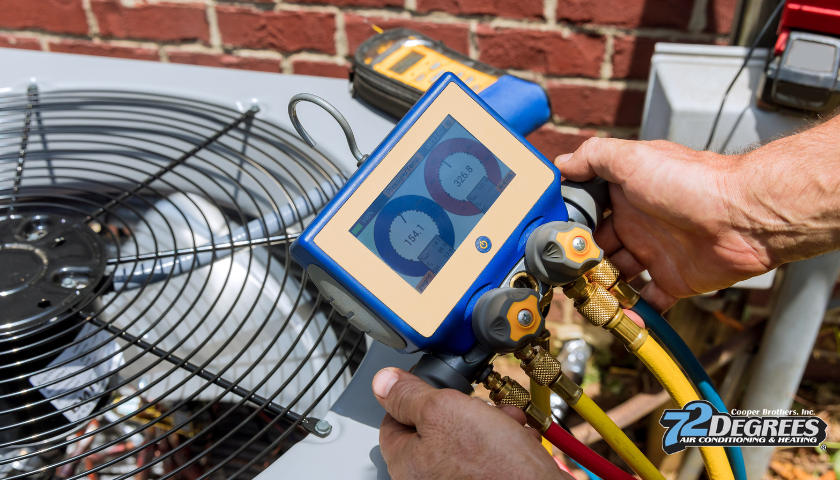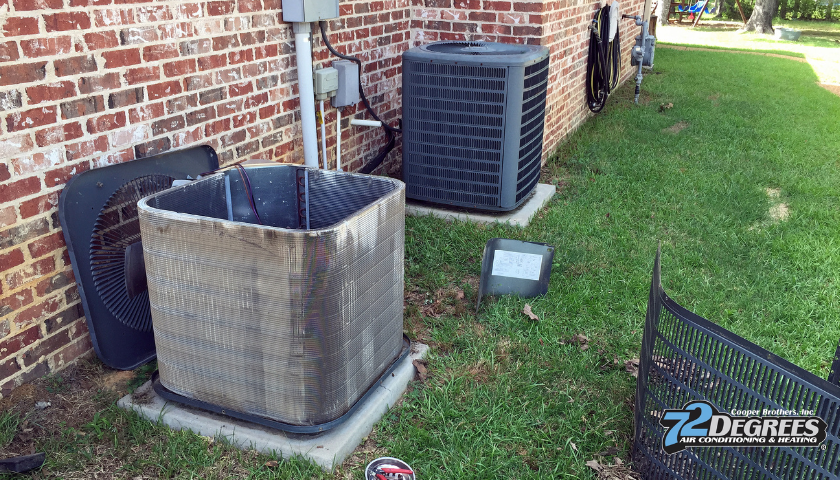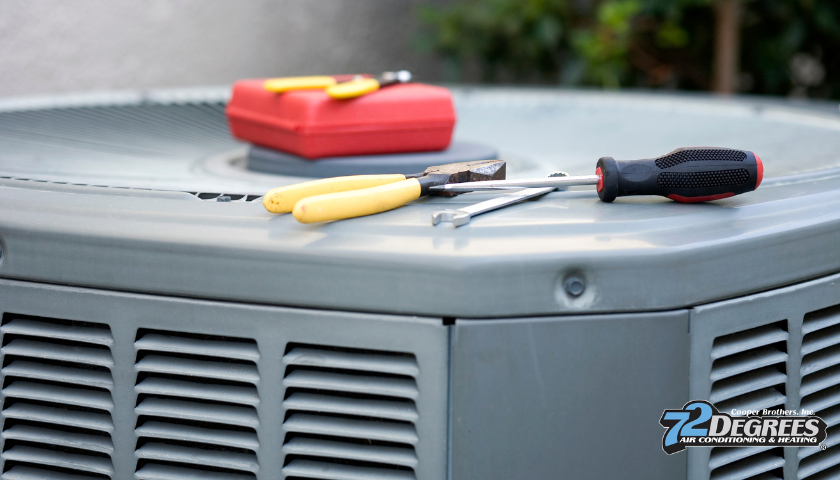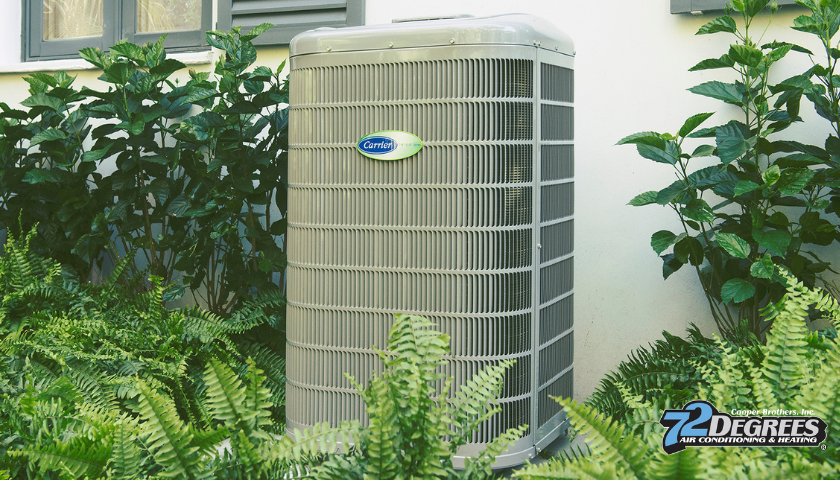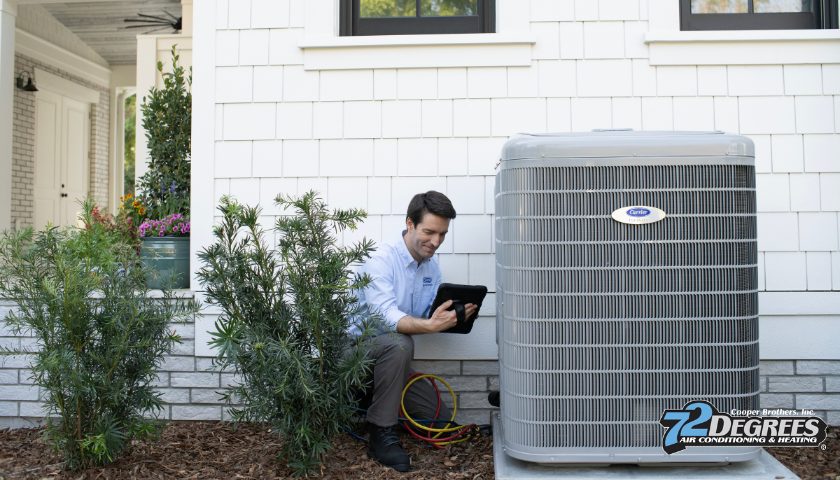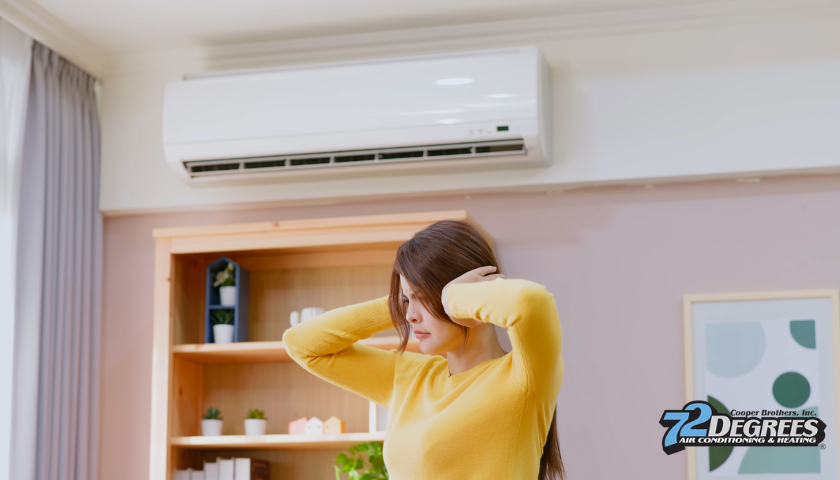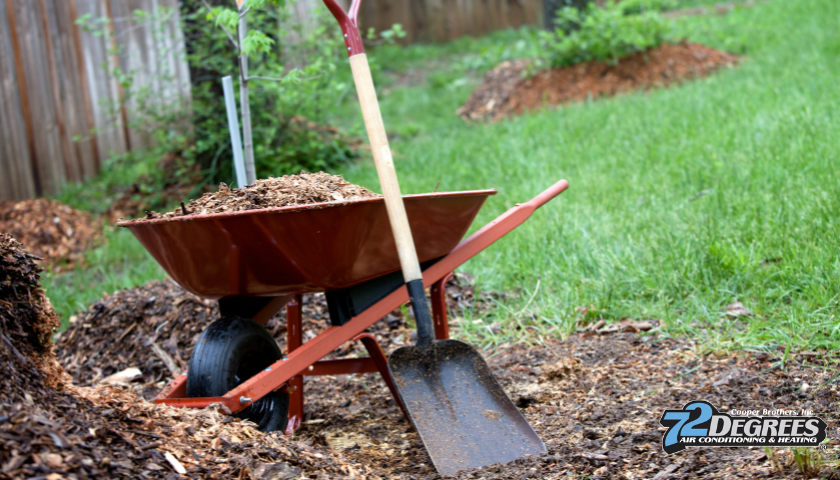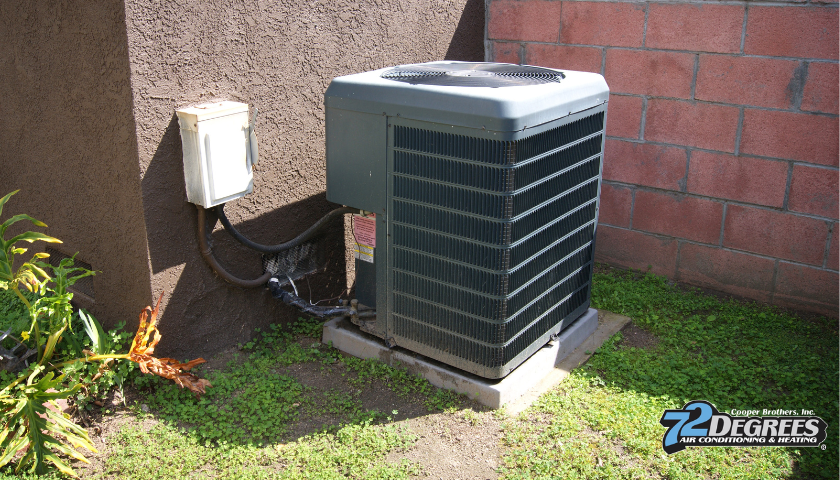Houses of yesteryears – How did people keep warm
Houses of yesteryears – How did people keep warm

Can you ever imagine living without your air conditioner in summer? The first thing that flashes through your mind is, “It’s so hot. How can I live without an air conditioner?” How about the winter without a heating system in place?
People did live without air conditioning systems as close as about a hundred years ago. They lived in houses that had no HVAC systems or the technology that we have, and take for granted, today. There was no electricity to help them keep warm or cool and yet they lived comfortably and remained healthy too. Their houses were warm in winter and cool in summer.
Structure
One important thing about the houses of yesteryears is their structure. The way these houses were built speaks a lot about the ways to live comfortably in winter. The first thing is that these houses had very thick walls that helped to retain indoor warmth from seeping out. Similarly, the walls also helped to keep the cold air from entering the house.
Sometimes, homes had double walls to keep the indoors warm. It was not uncommon to see people building a concrete wall on the outside and having a wooden one inside. This double wall served as an excellent insulator.
Bricks
The bricks used in houses built a century ago were large and thick. This made the walls thick and prevented indoor air from moving out. Typically, bricks take a long time to heat and a long time to cool. Thus, in winter, when the indoors are kept warm, the bricks once warmed, do not lose their warmth quickly. This works both ways.
Natural resources
The absence of electricity was not a problem for the people of the yester years. They used natural resources to keep warm in winter. Almost every house had a large fireplace in each room and lighting a fire would be a daily ritual at dusk. Each fireplace would have sufficient logs to last the entire night. Flames from these logs would provide warmth in the room. This warmth would be absorbed with the walls, which would either be made of thick bricks or stone.
Both stone and bricks have strong energy retention properties that help keep the indoors warmer and for longer periods of time too.
Paint
People who lived in places that were cold painted their homes with dark colors. Dark colors absorb heat quicker and more efficiently than light colors. As that radiation from the sun warms that outdoors, the dark color paint absorbs that heat and retains it as these colors do not reflect sunlight as light colors do.
Glass
In the yesteryears, people used a lot of glass in the construction of houses. They would usually place large amounts of glass on or around the south side of the house. This means that the glass will be in the sunlight most time of the day. The rays of the sun would penetrate the house and warm the indoors. Radiation from the sun gets converted to heat energy that warms the entire room. The heat slowly moves further indoors and warms the entire house. The result is warmth and increased indoor temperature.
These houses usually used thick and dark curtains to prevent heat loss.
Heat retention methods
Sometimes, windows can also help in reducing heat transfer from indoors. Some houses would have cement fillings in the gap between the window frames. This would result in decreased air flow and thus heat retention.
History says that Romans had an advanced way of heating their homes. They used underfloor heating which they called hypocaust. This hypocaust would get its heat from wood fire.
Today you can trust the experts at 72 Degrees Cooper Brothers, Inc. to help you with all your heating and cooling comfort solutions. Weather it's maintenance, repairs or replacements, we are your one stop shop for any HVAC issue you have. Call us at (408)662-1538 or contact us here.

